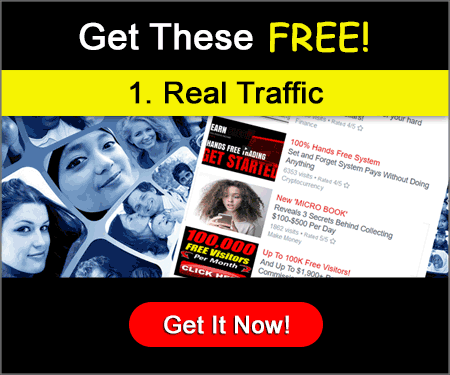Do You Have a Recommended Resources Page?
Having more content on your website is better than having less. But you want the content to be important to the audience and provide what they need. If you need another content idea, one thing that you need on your website, no matter what type of main business you have, is a recommended resources page. This page is useful for your audience and can be a profit center for you. Let’s talk about what it is, how to make one, and what you should recommend on that page.
Resources You Use, Stand by, & Recommend
The page should only include a list of resources and a description of each that you use, stand by, and recommend happily to others. If you’ve not tried it and can’t stand by it, it’s best if you don’t include it on the list. This authenticity ensures that your recommendations are trustworthy and valuable to your audience.
Benefits of Recommending Trusted Resources
- Builds Trust: When you only recommend resources you believe in, it builds trust with your audience. They know they can rely on your recommendations.
- Provides Value: Your audience gets direct access to tools and services that can help them, which adds value to their experience with your content.
- Generates Income: By using affiliate links, you can earn a commission on the products and services you recommend, creating an additional revenue stream.
Make a New Page
Creating a recommended resource page is a simple process. If you use WordPress, this is super easy to do. Just click “add page” and give it a title that makes sense such as “Resources I Recommend” or something that resonates with your audience. Here’s a step-by-step guide to get you started:
- Log into your WordPress dashboard.
- Navigate to “Pages” and click “Add New.”
- Enter a title for your page. Something like “Recommended Resources” or “Tools I Trust.”
- Add your content. Include a brief introduction explaining the purpose of the page and why you’re recommending these resources.
- List your resources. For each resource, include:
- Name of the resource
- Description of what it is and how it can help
- Your personal experience with it
- Affiliate link, if available
Use Affiliate Links
There may be some resources that you use that don’t have an affiliate program, or it’s a program you cannot get into for some reason. That’s okay. You can still recommend a few resources like that, but you want most of the things you recommend on this page to have an affiliate link so that you can earn extra income from the recommendation.
Tips for Using Affiliate Links Effectively
- Be Transparent: Always disclose that you’re using affiliate links. This maintains transparency with your audience.
- Provide Value: Explain why you’re recommending the product and how it can benefit your audience.
- Stay Relevant: Only include affiliate links for products and services that are relevant to your niche and audience.
Blog Posts
One thing that you can do is create a blog post about each of the resources you recommend. That will provide additional content for your blog, but you can then link to the blog post as you create them within the description of each resource on your resource page.
How to Create Resource Blog Posts
- Choose a Resource: Start with a resource you use and love.
- Write a Detailed Review: Include what the resource is, how it helps, your personal experience, and any tips for using it effectively.
- Link to Your Resource Page: In your blog post, link back to your recommended resources page.
- Include Visuals: Use screenshots, videos, or infographics to make your post more engaging.
- Optimize for SEO: Use keywords related to the resource and your niche to help the post rank higher in search results.
Create One Now
Go ahead and create one now if you don’t have one. If you do have one, start creating blog posts for each of the recommended resources. The blog post can be about the resource directly, or it can be about the task the resource helps with and the resource can be something you recommend within the post.
Steps to Get Started Today
- Audit Your Tools: Make a list of all the tools and services you use and trust.
- Categorize Them: Group them into categories such as marketing tools, productivity apps, learning resources, etc.
- Start Your Page: Create the recommended resources page on your site.
- Add Descriptions and Links: Write descriptions for each resource and include your affiliate links.
- Promote Your Page: Share the page on your social media, in your email newsletter, and within relevant blog posts.
Keep Your Resource Page Updated
This resource page can be updated and changed over time as you change your own business and what you use in your business. When you find a new product or service that you love, you can add to the page easily. If something falls out of your favor, you can always go back and change it.
Best Practices for Maintaining Your Resource Page
- Regular Reviews: Set a schedule to review and update your resource page regularly.
- Monitor Performance: Use analytics to track which resources are getting clicks and conversions. This can help you optimize your page.
- Stay Authentic: Continue to only recommend products you genuinely believe in.
Conclusion
A recommended resources page is an invaluable addition to your website. It not only serves as a helpful guide for your audience but also provides an opportunity for you to generate passive income through affiliate marketing. By curating a list of trusted tools and services, you build trust with your audience and offer them valuable insights into what can help them succeed. Start creating or updating your recommended resources page today, and watch it become a cornerstone of your content strategy and a significant revenue stream for your business.








.png)



